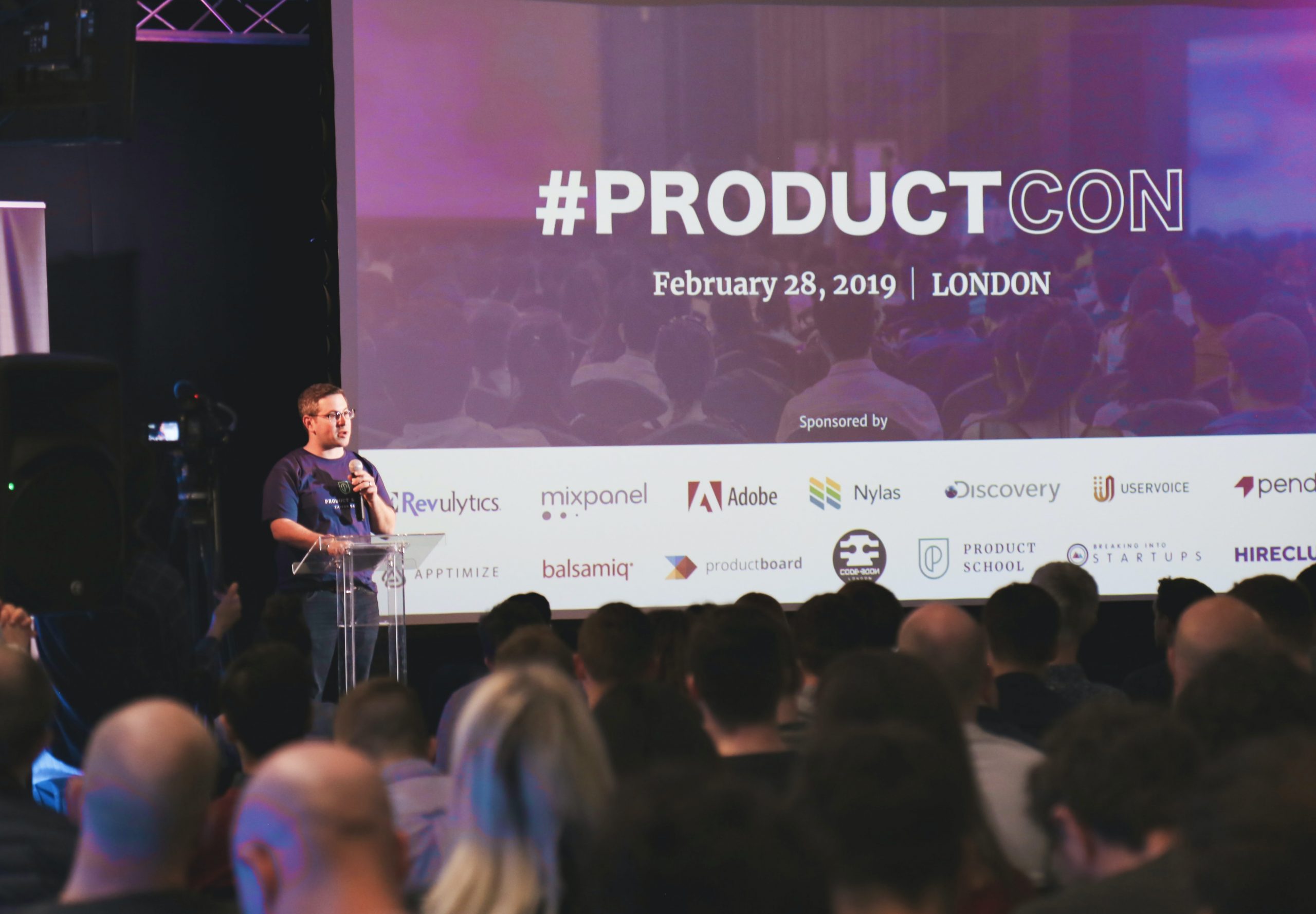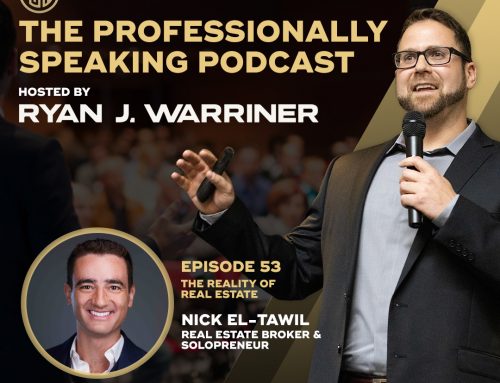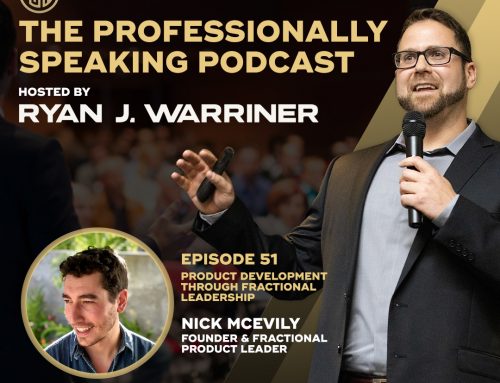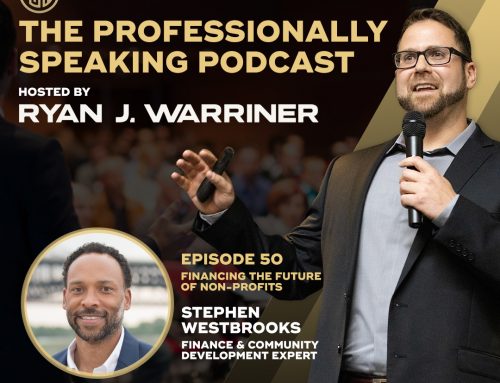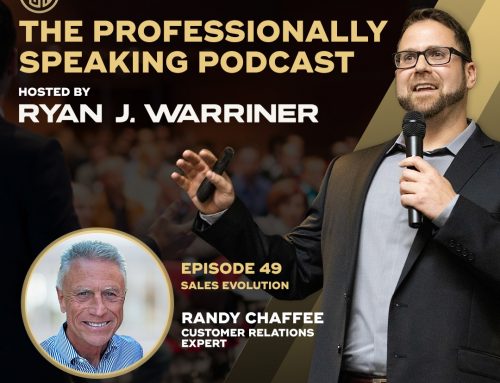The following is an excerpt from my forthcoming book, The Effective Presenter. It serves as a reminder of what the true purpose of a presentation is, as well as a guide on where and how to focus your efforts.
A presentation is a structured form of oral communication designed to achieve a specific outcome. In most cases, it involves one person (the presenter) speaking to multiple people (the audience). On the surface, most presentations involve a combination of speaking and body language (stage presence), and many also call for visual aids to supplement the spoken content. However, just like a Hollywood blockbuster, there’s much more that goes into the development, than the final product seen by audiences. For the purposes of this guide, the definitions and understandings of professional presentations are outlined below.
Effective Vs. Ineffective
Not all presentations are created equal. Some presentations are clearly more effective and impactful than others. I’m sure that, at some point, you’ve had the displeasure of sitting through a presentation, thinking to yourself: “Why am I here?”, “What are they talking about?”, or “We already know this!” Typically, during these dry presentations, members of the audience are left to daydream, chit-chat, or check their phones. There are also overloaded presentations, which may cause the audience to think: “You lost me about ten minutes ago.” This concept is like loading thousands of pounds of cargo into a van, and then being surprised when the van won’t move. Each of these scenarios is not the fault of the audience. The negative outcomes are a direct result of poor preparation, design, and/or delivery in the professional presentation process.
Conversely, you may have observed a presentation that made you think: “Good, this makes sense!” or, “Perfect! Now I know what to do.” These presentations inspire engagement and interest from the audience. Obviously, we would all aim for the latter in these examples, but how do we get there? What are the differences between these presentations, and what makes one superior to the other? Many of us can determine the effectiveness of a presentation as an audience member, but then struggle to replicate that effectiveness in our own presentations. Through this guide, you will find clear markers and a fully developed framework to help you design and deliver an effective professional presentation that you would want to listen to.


